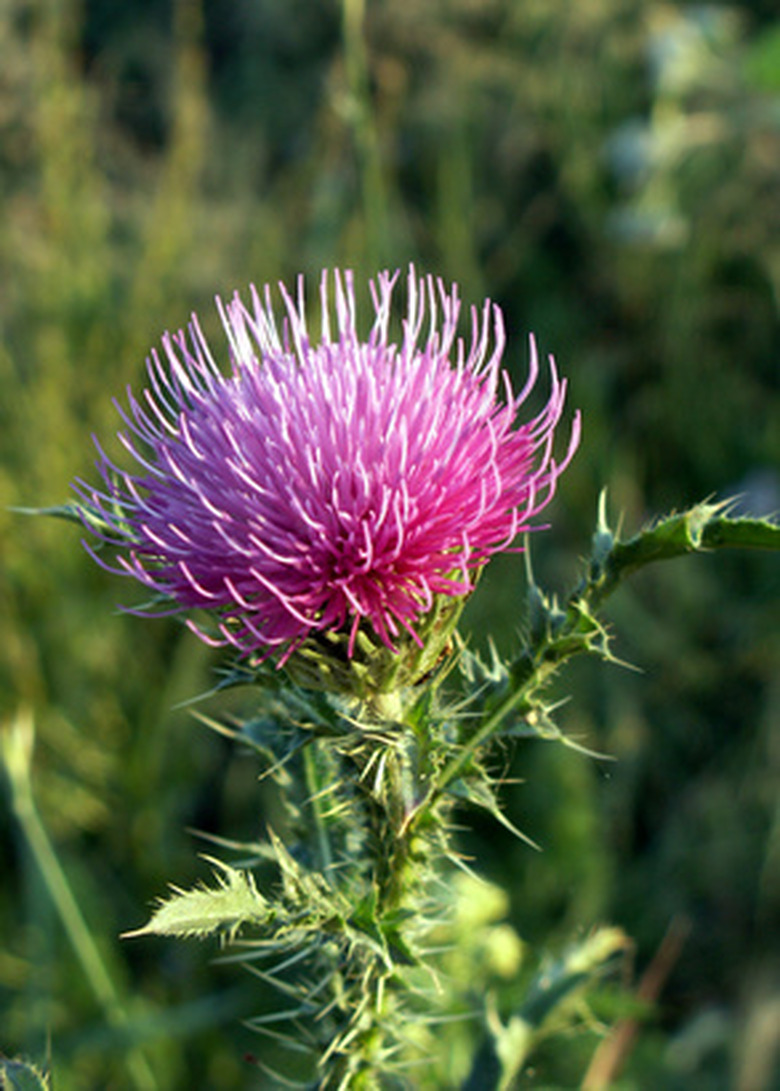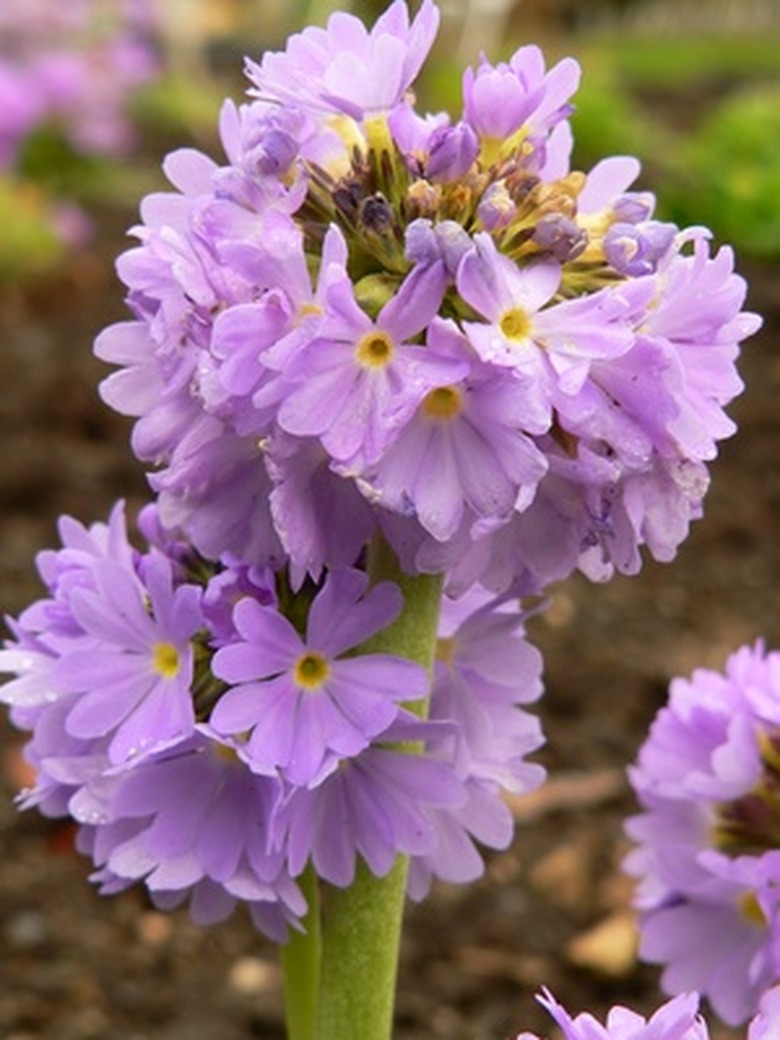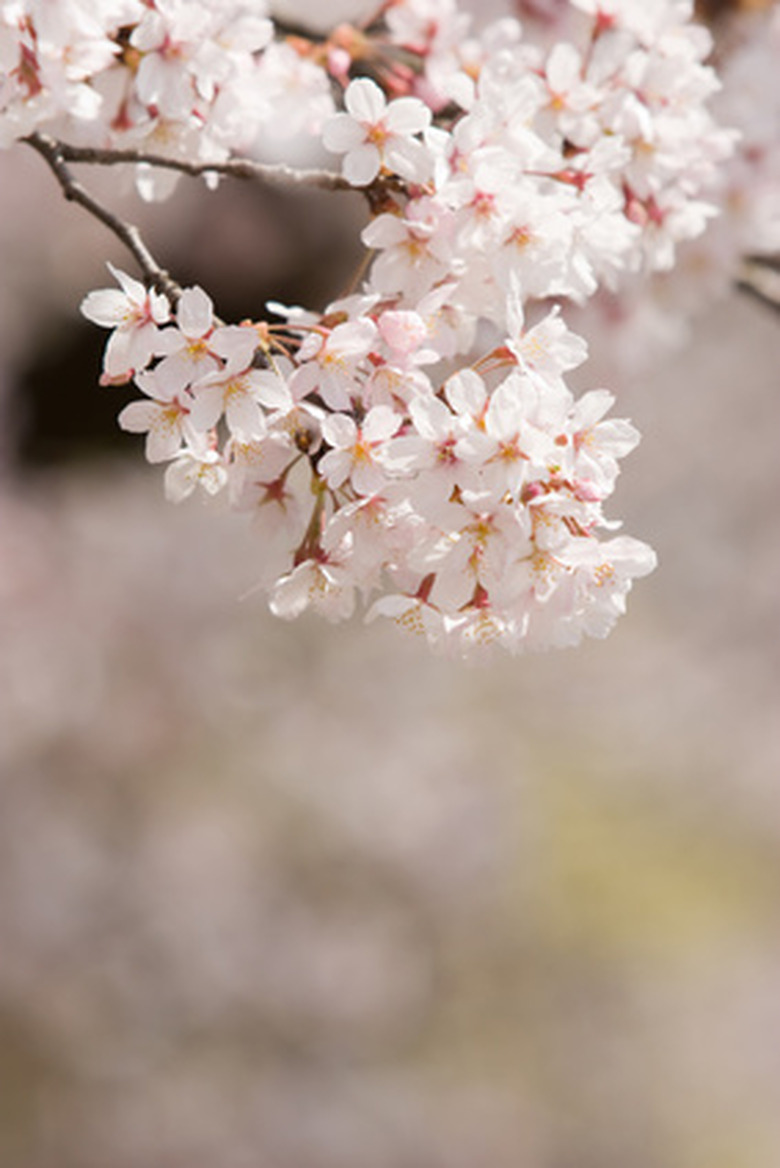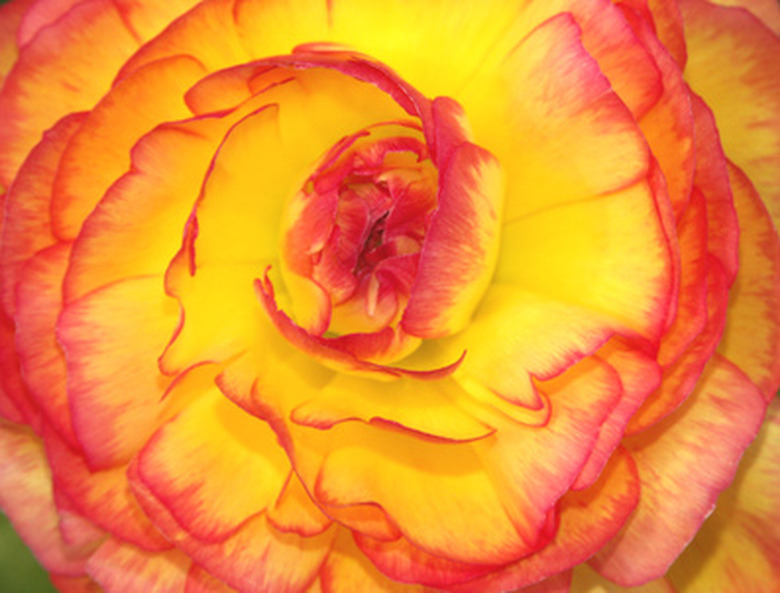A List Of Flowers In Scotland
In the relatively mild conditions of Scotland, flowers bloom in some places year-round, although, as expected, they are far more common during the spring and summer. At the same time, Scotland's rich historic and folkloric past mean that Scottish flowers are often especially meaningful, featuring stories and traditions.
Thistle
Originally the badge of the House of Stuart, the thistle is now the national emblem of Scotland. Thistles are named for their prickly leaves and produce shaggy pink or purple flowers in late summer into autumn that, when they go to seed, produce white fluff. According to legend, during the Middle Ages, the Scottish army was saved from invading Norsemen trying to creep barefoot by night into the army's camp. One of the Norse soldiers stepped on a thistle and cried out, alerting the Scottish army of the invaders. Thistles are especially common in southern Scotland, where they often grow on roadsides.
- In the relatively mild conditions of Scotland, flowers bloom in some places year-round, although, as expected, they are far more common during the spring and summer.
- One of the Norse soldiers stepped on a thistle and cried out, alerting the Scottish army of the invaders.
Primula
Primula, or primroses, thrive in Scotland. Primroses flower in a variety of colors and prefer cool temperatures. The Ardtonish Gardens in the West Highlands features a primula garden with many drumstick and candelabra primulas. Ardtornish receives heavy rainfall and high winds, and the soil is thin and boggy, demonstrating the primula's preference for cool, damp conditions.
Cherry Blossoms
Spring announces itself in Scotland with an eruption of pale pink cherry blossoms. Traditional Scottish cooking uses cherries for pies, wine and soup, and the bark and stems of the trees have folkloric medicinal uses. The brief and resplendent appearance of cherry trees in the summer, followed by white drifts of petals on the hillsides, gave the trees a mysterious quality, and some folklore from the Highlands forbids the use of cherry wood.
- Primula, or primroses, thrive in Scotland.
- The brief and resplendent appearance of cherry trees in the summer, followed by white drifts of petals on the hillsides, gave the trees a mysterious quality, and some folklore from the Highlands forbids the use of cherry wood.
Witch Hazel
Witch hazel is a tall shrub that produces scraggly yellow flowers in the autumn. Witch hazel blossoms may persist in Scotland through the winter. Not surprisingly, given its curious-looking flowers, witch hazel is featured in Scottish folklore, where the nuts produced by the flowers were thrown at women believed to be witches. Witch hazel was also used in traditional Celtic seasonal festivals.
Begonias
These summer flowers produce full, round flowers in a rainbow of colors. Although you're not likely to find them growing wild on the moor–begonias are tropical natives that have been imported to Scotland–begonias are popular plants used in Scottish gardens, and their colorful blossoms nod over paths and walkways throughout the summer. Unlike similarly showy plants, begonias tolerate low-sun conditions and have a long bloom period.
- Witch hazel is a tall shrub that produces scraggly yellow flowers in the autumn.
- Witch hazel blossoms may persist in Scotland through the winter.



